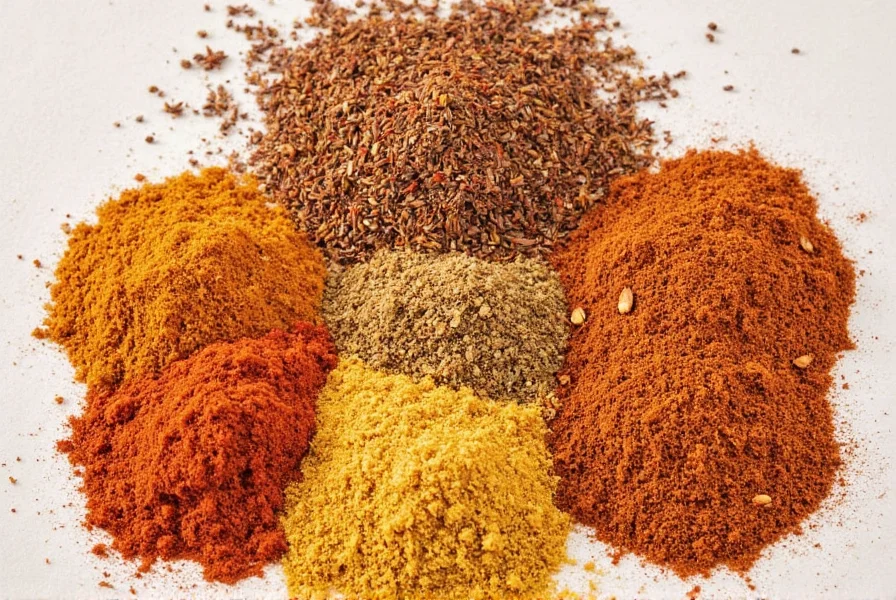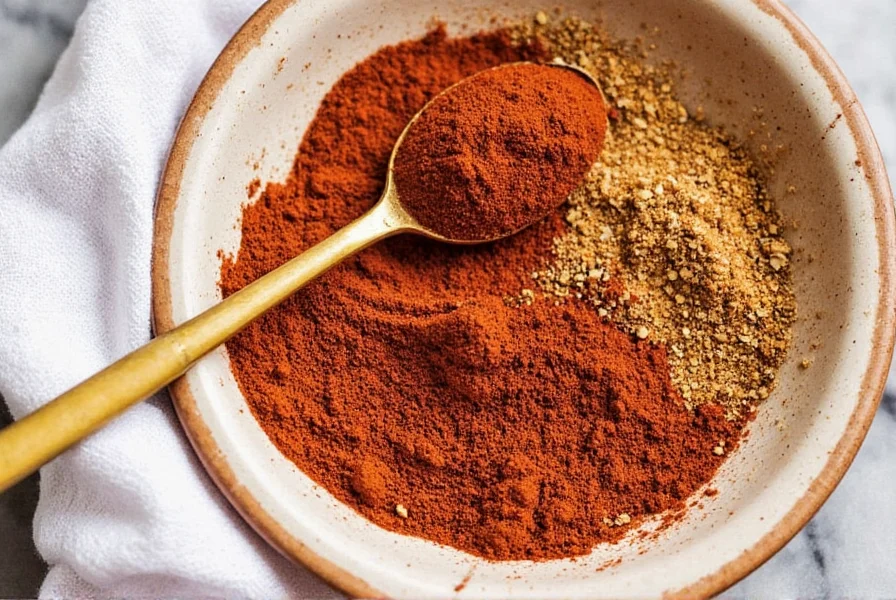7 Sizzling Secrets of Moroccan Spices That Will Transform Your Kitchen Forever!
Table of Contents
- The Magic of Moroccan Spices
- 5 Iconic Moroccan Spice Blends You Should Know
- How to Use Moroccan Spices Like a Pro
- Ras el Hanout vs. Harissa: A Flavor Face-Off
- Buying Guide: Choosing the Best Moroccan Spices
- How to Store Moroccan Spices for Maximum Flavor
- 3 Show-Stopping Recipes with Moroccan Spices
- Final Thoughts

The Magic of Moroccan Spices
Morocco’s spice markets are like treasure chests filled with flavor gold. The country’s culinary heritage is steeped in centuries of trade, cultural exchange, and a deep appreciation for aromatics. From fragrant tagines to fiery harissa pastes, Moroccan cuisine wouldn’t be the same without its signature spices.
But it's not just about flavor—it's about storytelling through scent. Each blend carries a history, a region, and sometimes even a family legacy. Whether you're new to Moroccan cooking or looking to deepen your kitchen game, understanding these spices can open up a whole new world of delicious possibilities.

5 Iconic Moroccan Spice Blends You Should Know
- Ras el Hanout – Often called the “king of spice blends,” Ras el Hanout literally means “top of the shop” and is traditionally made from 12–30 different spices. It’s earthy, floral, and complex, perfect for lamb dishes.
- Harissa – This fiery chili paste isn’t just spicy; it brings depth and smokiness. Used as a condiment or marinade base, it’s a staple in Moroccan households.
- Za’atar – Though technically Middle Eastern, Za’atar has found its way into Moroccan kitchens too. With thyme, sumac, and sesame, it’s great on flatbreads or mixed into olive oil for dipping.
- Khmira – A warm, slightly sweet blend used in breads and pastries. Think cinnamon, anise, and sugar—perfect for a cozy morning treat.
- Dukkah – Although Egyptian in origin, Dukkah is often used by Moroccan chefs for garnishing meats and cheeses. Nutty, crunchy, and totally addictive.

How to Use Moroccan Spices Like a Pro
Moroccan spices are versatile powerhouses. Here’s how to use them effectively:
- Marinate meats: Mix Ras el Hanout with olive oil and garlic for a rich rub before roasting or grilling.
- Enhance vegetables: Sprinkle paprika and cumin over roasted carrots or eggplant for a vibrant side dish.
- Boost grains: Add a pinch of cinnamon to couscous or rice for a sweet-savory twist.
- Create sauces: Blend harissa with yogurt or mayonnaise for a quick, spicy dip or sandwich spread.
- Spruce up breakfast: Dust khmira over pancakes or mix into oatmeal for a warm start to your day.

Ras el Hanout vs. Harissa: A Flavor Face-Off
| Feature | Ras el Hanout | Harissa |
|---|---|---|
| Flavor Profile | Earthy, floral, complex | Smoky, spicy, tangy |
| Base Ingredients | Cumin, coriander, turmeric, cinnamon, cardamom, etc. | Chili peppers, garlic, olive oil, spices (caraway, coriander) |
| Common Uses | Lamb tagines, stews, soups | Marinades, dips, chili oils |
| Heat Level | Mild to medium | Medium to high |
| Best For | Layered savory dishes | Adding bold heat and complexity |
Buying Guide: Choosing the Best Moroccan Spices
When shopping for Moroccan spices, quality matters more than you might think. Here's what to look for when picking out the best blends:
- Freshness: Whole spices last longer than ground versions. If buying pre-ground, check the expiration date and avoid dusty, faded powders.
- Origin: Authentic Moroccan spices come from Morocco or reputable international brands that source ethically and preserve traditional recipes.
- Packaging: Look for spices in airtight containers that protect them from light and moisture.
- Ingredients List: Avoid blends with unnecessary additives or preservatives. True Ras el Hanout should have recognizable spices only.
- Brand Reputation: Choose brands known for quality and consistency. Some top names include:
- La Boîte à Épices: Offers custom blends and premium quality.
- Spice Islands: Great value with good flavor retention.
- Simply Organic: Organic-certified options for health-conscious cooks.
- Prague/Souk Market Imports: Specialty stores with direct imports from North Africa.

How to Store Moroccan Spices for Maximum Flavor
Even the finest spices will fade if stored improperly. To keep Moroccan blends tasting their best:
- Use glass jars: Light-proof containers help preserve color and potency.
- Avoid heat sources: Keep spices away from the stove or oven where heat can degrade flavor compounds.
- Label clearly: Especially important if you mix your own blends—no one wants to mistake Ras el Hanout for plain cumin!
- Keep dry: Moisture is the enemy. Always use a dry spoon when scooping out spices.
- Grind fresh: Whole seeds like cumin or coriander should be freshly ground right before use for maximum aroma.

3 Show-Stopping Recipes with Moroccan Spices
Ready to put your newfound spice knowledge to work? Try these crowd-pleasing recipes:
Moroccan-Spiced Lamb Tagine
Slow-cooked lamb infused with Ras el Hanout, apricots, and almonds. Serve with steamed couscous and toasted bread.
- Spice Highlight: Ras el Hanout
- Best For: Dinner parties, Sunday roasts
- Prep Time: 1 hour
- Difficulty: Medium
Harissa Roasted Sweet Potatoes
These crispy, spicy bites are perfect as a side or topping for grain bowls.
- Spice Highlight: Harissa paste
- Best For: quick weeknight meals, vegan sides
- Prep Time: 30 minutes
- Difficulty: Easy
Cinnamon & Orange Blossom Oatmeal
Warm khmira-inspired oatmeal with orange zest and a drizzle of honey for a comforting morning treat.
- Spice Highlight: K.hmira (DIY blend)
- Best For: Breakfast lovers, cozy mornings
- Prep Time: 15 minutes
- Difficulty: Easy

Final Thoughts
Moroccan spices aren’t just seasonings—they’re the soul of a cuisine that tells stories through every bite. Whether you're reaching for Ras el Hanout or slathering harissa onto your toast, you're tapping into a centuries-old tradition of flavor and flair.
So don’t be shy—stock your pantry, experiment with blends, and bring the magic of Marrakech into your home kitchen. Who knows? Your next dinner party could feel like a desert feast under the stars.












 浙公网安备
33010002000092号
浙公网安备
33010002000092号 浙B2-20120091-4
浙B2-20120091-4